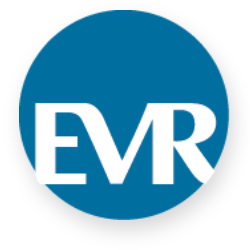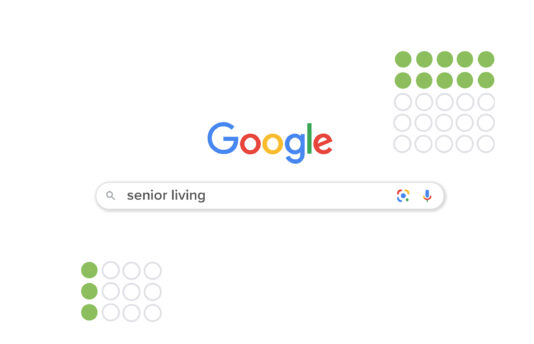Following recent shifts in the workforce, businesses across all sectors continue to face challenges in employee recruitment and retention. The healthcare industry is no exception.
For healthcare recruiters, the goal isn’t just to fill current openings but to build a robust strategy that ensures a steady pipeline of qualified candidates when the need arises.
Fewer Employees; More Competition
Like many industries, healthcare has seen significant workforce reductions in recent years, leaving hospitals and other healthcare providers with fewer employees and facing fierce competition from other facilities, travel nursing and even other sectors.
Hospital turnover rates tend to be higher than in private practices and healthcare workers, particularly nurses, are in high demand. This puts recruiters in a difficult position, constantly vying for top talent in an increasingly competitive landscape.
Persistent Talent Shortages and Increased Competition
The shortage of healthcare professionals remains a pressing issue, especially for essential roles. The competition to secure qualified talent is fierce, with multiple organizations competing for the same candidates. This makes it more challenging to attract and retain the best talent in the market.
Time to Fill
The recruitment process in healthcare is increasingly competitive. Recruiters are handling numerous open positions at once, with the average time to fill a role in healthcare being significantly longer than in many other industries. Every day a position that remains open is an opportunity for top candidates to be hired elsewhere.
Workforce Well-Being and Burnout
The mental health and well-being of healthcare workers have long been a critical focus, given the high-pressure nature of the industry. Addressing these concerns is more important than ever as burnout continues to impact the workforce.
Given these ongoing challenges, traditional recruiting methods are no longer enough. Healthcare recruiters must adopt innovative strategies to meet the demands of today’s job market.
Why Your Recruiting Efforts May Fall Short
There are several reasons why healthcare recruiters may struggle to attract strong talent quickly: a lack of differentiation, unclear messaging and failure to demonstrate authenticity.
Be Different
Highlight what makes your organization unique. Whether it’s flexible scheduling, outstanding benefits, career growth opportunities or an appealing location, showcasing these aspects can make a difference. Understand your company’s culture and work with stakeholders to shape recruitment materials that reflect the true experience. Authenticity is key—be genuine and honest in your portrayal of your workplace.
Be Compelling
Many job descriptions, particularly in healthcare, read more like legal documents than exciting job opportunities. Recruitment messaging should be engaging and tailored to what both employers and employees are seeking. Avoid generic templates—create specific campaigns for each role that highlight the benefits of working at your organization. In today’s employee-driven market, it’s crucial to use compelling, conversational language to stand out.
Reputation Matters
Research shows that a company’s reputation plays a significant role in attracting top talent. Job seekers are more likely to apply to companies they respect and recognize. This underscores the importance of fostering a strong employer reputation through positive messaging and visuals that align with your organization’s culture. Ensure your recruitment materials reflect the diversity of your workforce and offer a genuine representation of your team.
Involve your current employees in the process—let them share why your organization is a great place to work. Authentic testimonials and first-hand experiences will resonate with potential candidates.
Supercharge Engagement with an Omnichannel Strategy
Relying solely on job boards is no longer enough to attract top talent, especially passive job seekers. A more effective approach is to use an omnichannel marketing strategy. This involves consistent messaging and materials across a variety of online and offline platforms, including:
- Your website
- Social media
- Email and SMS
- Paid search and display ads
- Content marketing and SEO
- Print and radio
- Career events and job fairs
This approach ensures you’re reaching candidates across multiple touchpoints, increasing your chances of finding the right fit for your open positions.
Forge Your Own Path
Many healthcare organizations rely on common recruitment tactics like sign-on bonuses and slightly higher pay to attract candidates. However, these strategies can quickly become saturated and many new hires leave within the first few months. Instead of following the crowd, focus on what your competitors aren’t doing. By identifying overlooked opportunities and pursuing new strategies, you can attract the right candidates and build a lasting pipeline of talent for the future.
This approach will help ensure you’re not only filling positions but finding individuals who will thrive in your organization and remain long-term.
Need a hand? Our team at EVR Advertising is here and ready to help—just give us a shout!











